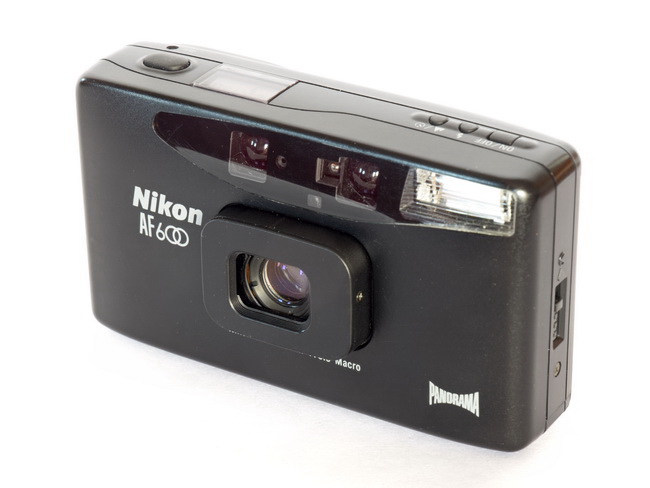 Point-and-shoot cameras are a dime a dozen. And for a long time I simply wrote them off, believing the balance between convenience and control was tipped too far the wrong way. But a couple of cameras gave me pause to reconsider. My Pentax Espio Mini (UC-1) proved to be a splendid picture taker, as did the mighty Olympus Stylus Epic. These days I quite often use a compact point-and-shoot as a second camera to supplement the capabilities of a medium-format rig. That’s where the Nikon AF600 (Lite Touch AF) really shines.
Point-and-shoot cameras are a dime a dozen. And for a long time I simply wrote them off, believing the balance between convenience and control was tipped too far the wrong way. But a couple of cameras gave me pause to reconsider. My Pentax Espio Mini (UC-1) proved to be a splendid picture taker, as did the mighty Olympus Stylus Epic. These days I quite often use a compact point-and-shoot as a second camera to supplement the capabilities of a medium-format rig. That’s where the Nikon AF600 (Lite Touch AF) really shines.
Simply put, the AF600 is a compact point-and-shoot camera equipped with a 28mm f/3.5 lens. That’s 90% of the story. If you find that an appealing configuration, this is a camera you should look at. If you don’t, well, it doesn’t really matter how good or bad it is. It’s a one-trick pony — but it’s a good trick.
There’s a lot to like about the AF600. For one thing, it’s lightweight. In fact, it weighs exactly the same as the 28mm f/3.5 Pentax lens I have. The camera’s rounded contours make it easy to slip into a pocket, so there’s no reason not to take it everywhere. It has an automatic lens cover, but on my thrift-store find, that feature is broken. This might be a common problem with the camera — I know of another reviewer who had the same issue with his. Luckily, the lens is recessed quite far in its housing, so you’re unlikely to touch it by accident.
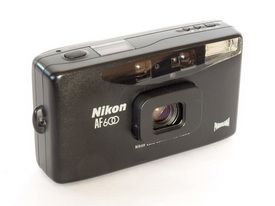
The compact and useful Nikon AF600. Depending on your perspective, the fixed focal length 28mm lens is either a virtue or limitation.
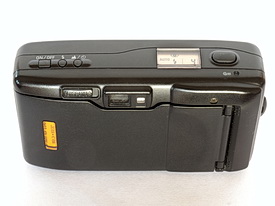
The camera's functions are controlled with small, rubbery buttons. The "panorama" switch is next to the view finder.
The camera is controlled with three rubbery buttons on the top. One powers up the camera, another controls the flash, and a third one engages infinity focus and activates the self timer. On the far right is the shutter release and a small, recessed button for mid-roll rewind. The flash button cycles through all the usual settings, but what I really like is that “no flash” is the first option, which means it can be selected with a single button push. The infinity-focus control is also smartly done. Push it once and the flash is deactivated and the camera set to infinity focus. Press it a second time, and you get the self timer. (You can choose any flash mode you like for the self timer.) Press the button a third time and you get an odd (and possibly unique) double self-timer mode. In that setting the camera counts down 10 seconds, fires a shot, then counts down again and takes a second shot. Interesting, if not tremendously useful. Next to the viewfinder there’s a “panorama” switch, but it simply masks off the top and bottom of the frame. On the plus side, the switch is stiff enough that you’re unlikely to engage it by accident.
Features aside, the AF600 just works. I’ve gotten some very, very good shots with it and have no complaints about its three-element lens. It seems nice and sharp. The autofocus worked flawlessly and the exposures appear to be bang on. Yes, it would be nice to have some form of exposure compensation, but rare is the camera that has everything. Some people complain that the AF600 feels cheap, but I don’t find it especially so. It’s plastic but seems quite sturdy and well made (lens cover excepted). I also read quite a few complaints about the small finder. Yes, it’s small. But it doesn’t strike me as remarkably worse than the finders on my other compact point-and-shoots.
So why would I choose this camera with its fixed 28mm lens over, say the Yashica t4 Zoom or Pentax Espio 120SW, which have lenses that zoom from 28mm to 70 or 120mm? Speed. The f/3.5 optic of the Nikon gives it a 2/3-stop advantage over the Yashica and is 1-1/3-stops better than the Pentax. Sure, if I was going to take just one camera, then the Yashica or Pentax would be a better choice, but I can throw the Nikon into my bag and no matter what I’m using as my main camera, I have wide-angle covered. And that’s pretty handy.
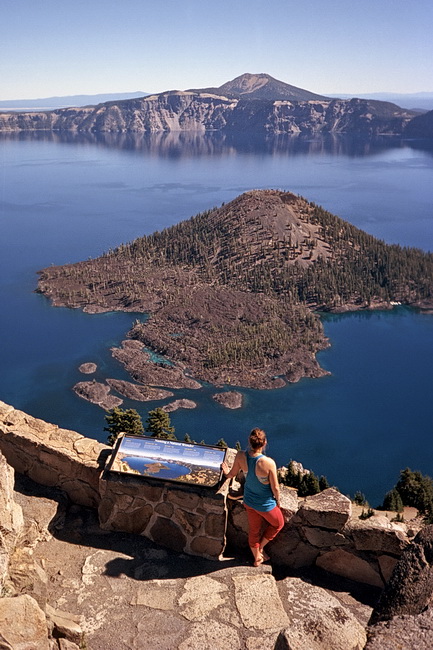
Wizard Island, as seen from Watchman Lookout, Crater Lake, Oregon.
(Camera: Nikon 600AF; Film: Kodak Ektar 100)

A two-frame panorama stitched together with software. Crater Lake, Oregon.
(Camera: Nikon AF600; Film: Kodak Ektar 100)
Did you find this article interesting or helpful? If so, consider using this link the next time you shop at Amazon.com. Better yet, bookmark it for future use. Thanks to Amazon’s associates program, doing so costs you nothing yet helps keep this site up and running. Thanks!

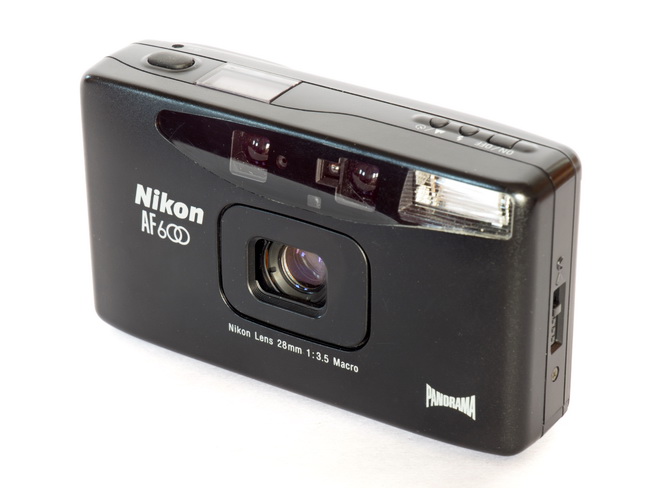
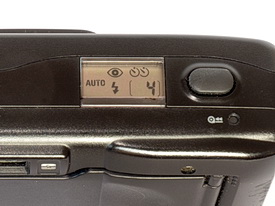
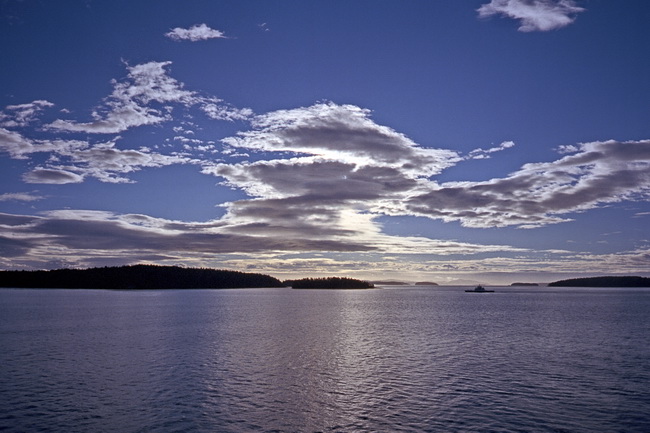
 Subscribe with RSS
Subscribe with RSS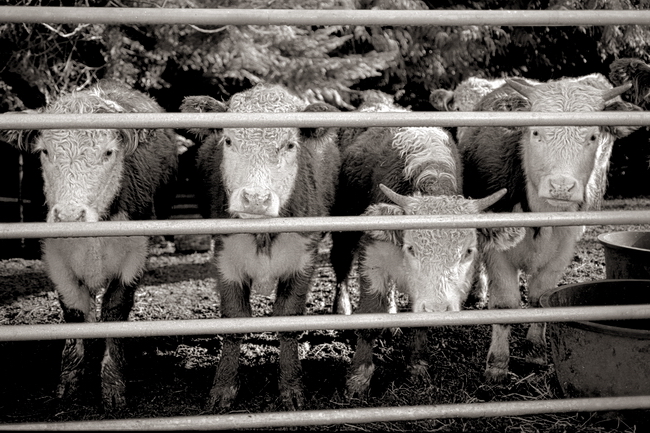






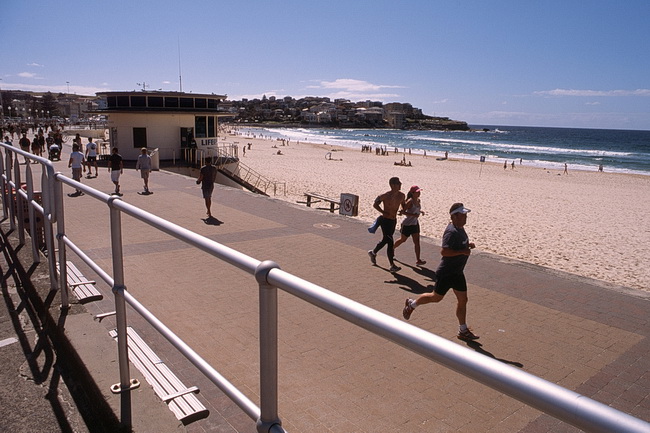
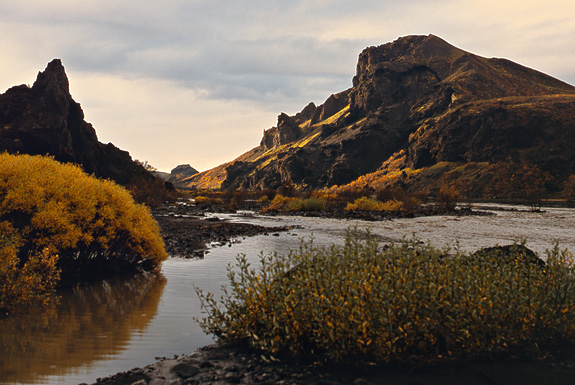
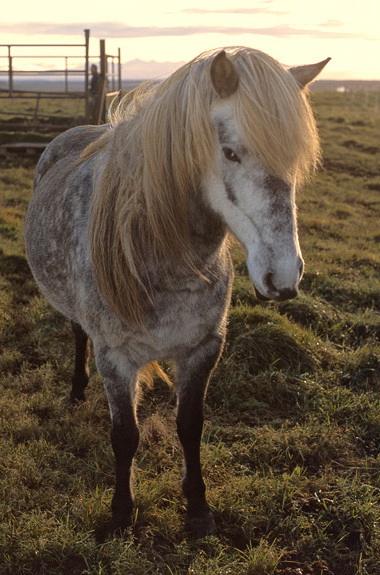
A very nice looking prime point n shoot, must look out for one. The lens on it is, as u mention, very clear and sharp. I note that most of your point n shoots are primes, whereas mine are nearly all zooms, so I need another prime model. 🙂
Also love the Salish sea photo.
Gordon
Thanks Gordon. I do have a couple of reviews of point-and-shoot zooms (the Espio 120SW, Yashica T4 zoom, and Espio 115G), but you’re quite correct — I’m more of a prime user. And that’s not just with pocket cameras. I don’t use zooms with my SLRs either.
I feel like either I somehow screwed up, or maybe didn’t use the camera in it’s ideal circumstance.
Or I just hyped myself up for this camera too much. Not trying to promote my video, but perhaps you can point out what I did wrong (or did I have a lemon)? Was I expecting too much? https://youtu.be/8Hpi9E3n0IU
Hey Karl:
I looked at your photos. Most all of them appear to have been taken in not great lighting. That means camera shake could be an issue. (A couple of the cat looked pretty good to me.) Most of the pictures seem reasonably sharp. As for “noise”, well, that’s a whole different problem and likely has more to do with the quality of the expired film (which can behave kinda unpredicatbly), your processing or your scanning. But, i’m guessing. I’d try another roll and this time avoid some of the variables (like the expired film!) and shoot under better lighting.
Gary
I have owned 2 of these and think that they are among the sharpest lenses of any point and shoots that I have used. It was a notable camera when introduced. (Smallest and lightest AF camera at it’s introduction in 1993). AE is spot on and I have produced very good transparencies. The macro feature is also notable. Not really that common and it works pretty well.
I have one of these I bought new a “few” years ago. It was a great vacation camera, being small & light enough to slip into a coat pocket and able to take very good photos. This was of course long before the now ubiquitous phone camera was even an idea. Recently I pulled this little camera out of my camera closet and loaded it with a fresh battery and film. The camera has a shortcoming which is an ironic testament to just how good this little camera is…the calendar in the date function is decades short of where we are now.